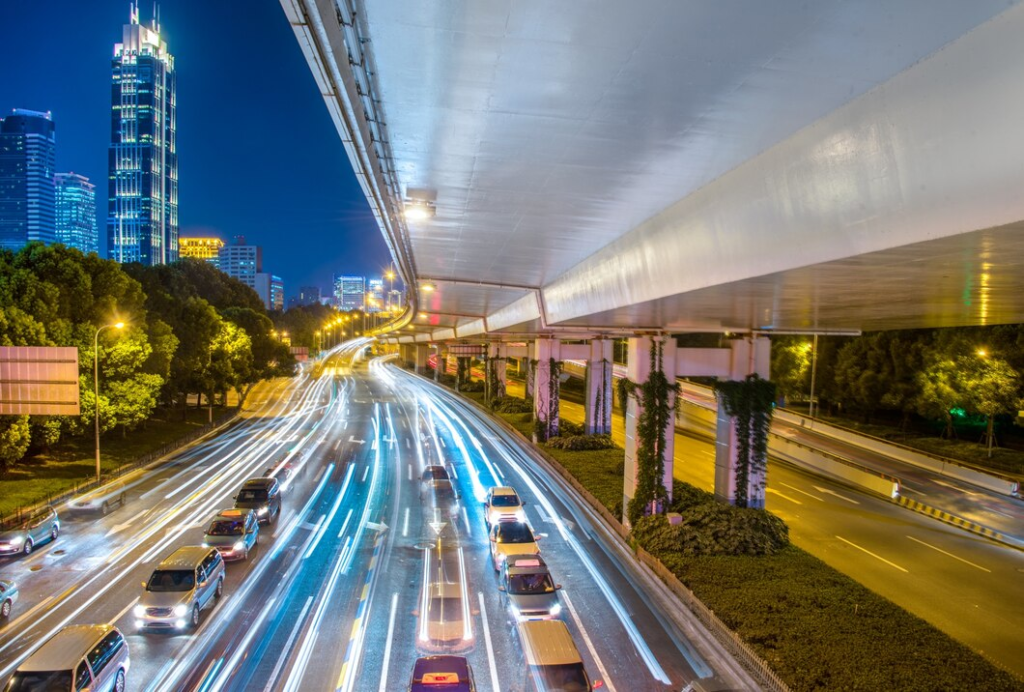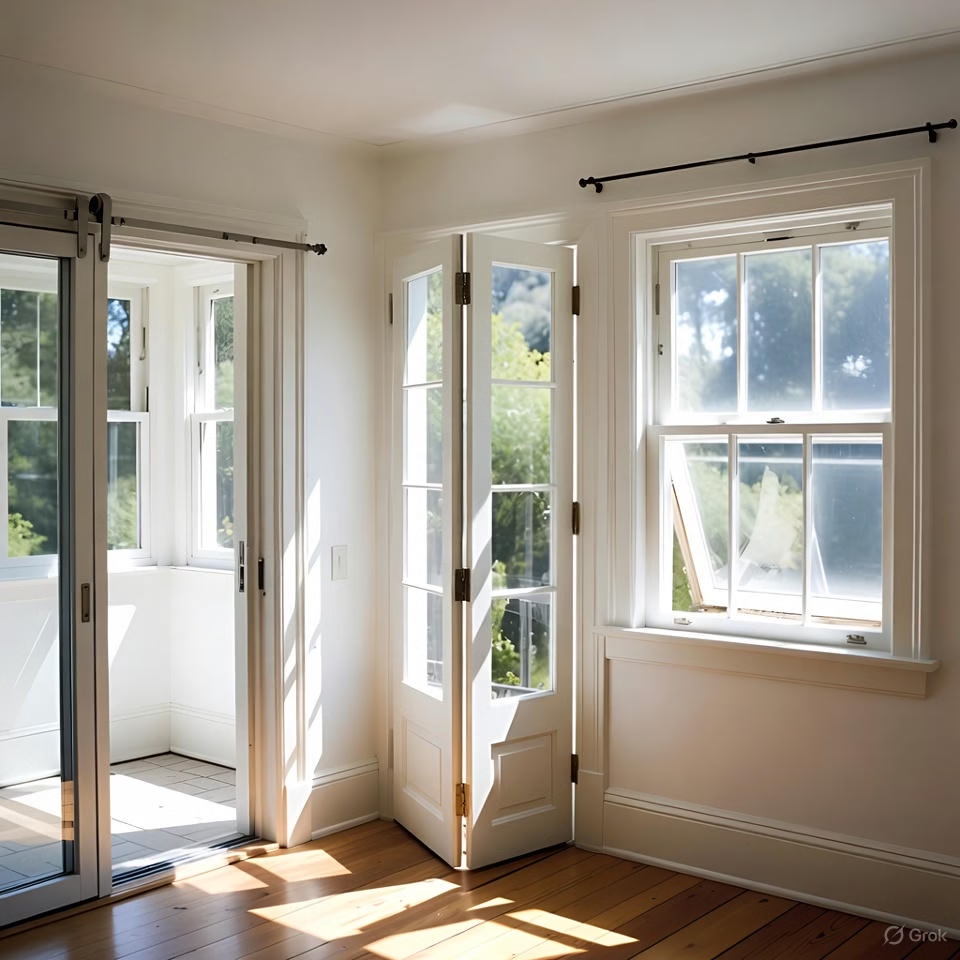Monitoring and regulating road safety is essential in saving lives. Technology has played a significant part in this endeavor. Nowadays, there are numerous speed cameras and LPRs which identify vehicles going over the speed limit.
Not all drivers can agree that speed cameras are used only to prevent going over the speed limits. Sometimes, it might seem that cities and municipalities increase their funds due to speeding penalties. This encourages drivers to take advantage of anti-radar stickers that serve as speed camera protection and reduce the number of speed tickets.
However, these tech advancements are surrounded by misconceptions that often mislead the public. Let’s find out about 5 myths about LPRs and speed cameras.
Myth #1: Speed cameras are used only to generate revenue
It’s not a secret that when drivers pay speeding fines, this money contributes to local government revenue. It’s a fact but the purpose of it is to improve road safety. It’s easy to think that it’s a well-thought-out money-making machine, still, there’s a psychological trick behind it.
There are positive and negative punishments. Whenever you overspeed and get identified, you get a speeding ticket. The more you get punished for going over the speed limit, you risk losing your license. This encourages drivers to not go over the limits.
The belief that it helps to line other people’s wallets encourages drivers to take advantage of a legal license plate blocker to save their wallets. On the other hand, drivers should remember the sad statistics. In 2022, speeding was a major factor in almost 30% of traffic fatalities.
Myth #2: LPRs are used for mass surveillance
Many people are seriously concerned about the invasion of privacy. They say “Big Brother is watching you” and license plate readers are just a part of mass surveillance. Let’s be clear. No government has the resources to collect data about all citizens. An anti-camera license plate can become a lifesaver if you’re hiding from Big Brother but only if you’re sure that someone’s watching you.
Law enforcement utilizes LPRs in some specific situations when it’s necessary to:
- Find a stolen vehicle;
- Identify the suspect’s location;
- Enforce parking regulations.
You should bear in mind that license plate readers only capture plates of interest. There’s no time, money, and resources to follow everyone. ACLU claims that data retention policies help prevent abuse of the technology.
Myth #3: Speed cameras are inaccurate
The usage of legal speed camera blockers for license plates is fueled by skeptics who say that cameras are unreliable, and tickets are issued to innocent drivers. There are the following facts that rule it out:
There are advanced speed cameras with radars, lasers, and infrared sensors that measure the speed with extreme accuracy;
Specialists regularly test and calibrate cameras so that they are precise. These systems must be certified every year.
Also, every driver knows that there’s a margin of error that allows them to speed up a little. However, if you’re sure that there has been a mistake and you got a ticket for nothing, you should raise a dispute, review the evidence, and prove that the camera was inaccurate. The likelihood of a mistake is minimal, but errors are possible.
Myth #4: Police can do the same job
It’s true but patrol officers can’t be everywhere at once. Numerous businesses implement automation to reduce human errors and optimize efficiency. The same goes for ensuring road safety. These technologies are not redundant but act as a force multiplier. They allow for continuous monitoring even when officers are unavailable.
According to research by the National Highway Traffic Safety Administration, advanced technologies and robust automated systems help reduce speeding by 25% and car accidents by almost 40%. That’s a huge advancement in ensuring road safety.
Moreover, LPRs and cameras automate the following tasks:
- Check the expired plates;
- Identify stolen automobiles;
- Check outstanding warrants.
By reducing the workload on officers, they can pay more attention and time to other critical duties.
All in all, the number of car accidents and fatal crashes that happen every year are devastating. Speed cameras and license plate readers weren’t created as money-making machines. They complement the efforts of the police and make roads safer. When prevention methods fail, including road safety reminders and warnings, the speeding penalty system works reliably.
Advice for drivers
Being responsible on the road can make a huge difference. Here are some tips for safe driving:
- Use cruise control or set speed alerts to avoid fines;
- Stay aware of speed limits, especially in high-risk locations like school zones or construction sites;
- Plan your trips in advance so that you don’t need to rush;
- Take advantage of modern apps to monitor speed limits in unfamiliar places.
Final thoughts
Fines are negative punishments for disobeying traffic rules. In this regard, speed cameras and LPRs are robust tools that enhance road safety. Instead of focusing on misconceptions, drivers should consider the positive impacts of these systems. Ultimately, these technologies help to reduce car crashes, and save lives.






